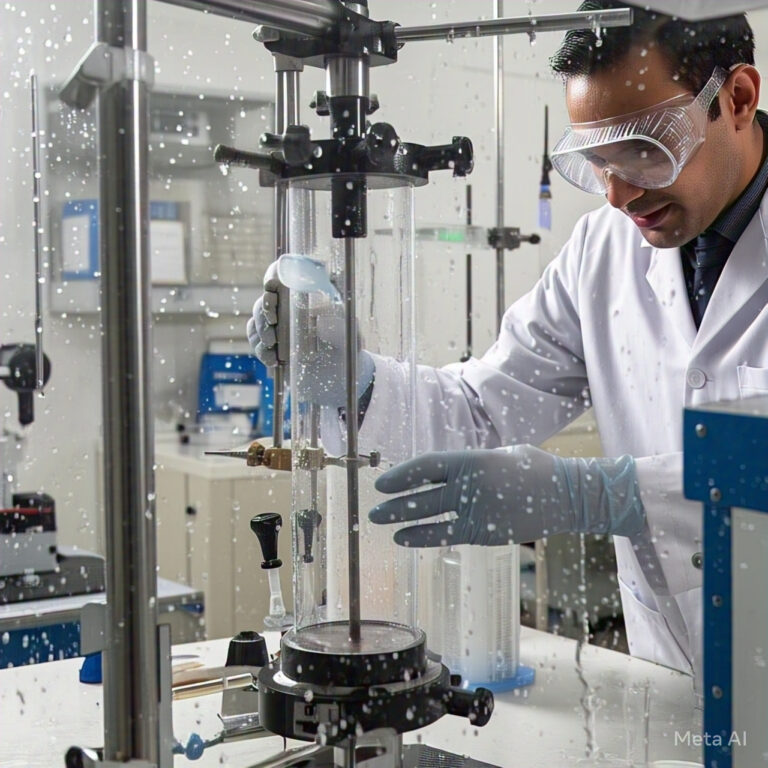Imagine this: underneath our cities, homes, and businesses lies a vast network of pipes responsible for carrying water, sewage, and gas. These pipelines are essential, yet they age and deteriorate over time, leading to leaks, blockages, and the need for repair. Traditional pipe repair methods often involve digging up entire sections of land, causing environmental damage, disrupting ecosystems, and contributing to pollution.
Now, there’s a better way: pipe lining This innovative, eco-friendly technique is transforming how we approach pipeline repairs, offering a solution that is not only efficient but also sustainable. Whether you’re a homeowner dealing with damaged pipes or a business aiming to reduce its environmental footprint, pipe lining can be a game-changer.
What Is Pipe Lining?
Pipe lining, also known as cured-in-place pipe (CIPP) technology, is a trenchless method of repairing damaged pipes. Instead of digging up and replacing entire pipe systems, a liner made of resin-soaked material is inserted into the existing pipe. The liner is then inflated, and once it hardens, it forms a durable, seamless new pipe within the old one.
The process is minimally invasive, quick, and highly effective. But beyond these benefits, pipe lining also offers substantial environmental advantages, making it the preferred choice for modern pipe repair.
Why Traditional Pipe Repair Methods Fall Short Environmentally
Before we dive into the environmental benefits of pipe lining, it’s important to understand the environmental toll of traditional pipe repair methods.
1. Digging and Excavation
Conventional pipe repairs typically involve digging trenches to access damaged pipes. This can result in significant land disruption, including the destruction of landscapes, plant life, and habitats. For businesses or urban areas, this often means tearing up streets and causing massive disruption.
2. Material Waste
When pipes are replaced, the old, damaged pipes are often discarded in landfills, adding to the growing problem of construction waste. Furthermore, the production of new pipes, typically made from PVC or metal, consumes vast amounts of energy and raw materials.
3. Greenhouse Gas Emissions
Excavation equipment, trucks, and other machinery used in traditional pipe repair methods run on fossil fuels, releasing carbon emissions into the atmosphere. The transportation of new pipes and removal of old materials also contribute to higher greenhouse gas emissions.
The Environmental Benefits of Pipe Lining
Now, let’s explore why pipe lining is considered a sustainable alternative to traditional methods.
1. Minimal Excavation
One of the most significant environmental benefits of pipe lining is its trenchless nature. There’s no need to dig up large sections of land, meaning minimal disruption to natural landscapes, ecosystems, and urban infrastructure. This is especially beneficial in environmentally sensitive areas where excavation could harm wildlife or disturb natural water flows.
2. Reduced Material Waste
Pipe lining eliminates the need to remove and discard old pipes. Instead, the new pipe is formed inside the existing one, significantly reducing construction waste. Additionally, the materials used for pipe lining are durable and long-lasting, reducing the frequency of future repairs and replacements.
3. Lower Carbon Footprint
Since pipe lining involves less equipment, fuel consumption is drastically reduced compared to traditional pipe repairs. Fewer trucks and heavy machinery are needed, leading to fewer emissions during the repair process. Additionally, because pipe lining can extend the life of existing pipes by decades, it reduces the need for frequent replacements, cutting down on the overall environmental impact over time.
4. Water Conservation
Leaks in damaged pipes can waste thousands of gallons of water before they’re detected and repaired. Pipe lining creates a seamless, watertight seal inside the pipe, preventing future leaks. By ensuring that water is used efficiently and not lost due to pipe failures, pipe lining contributes to significant water conservation efforts, especially important in regions facing water scarcity.
5. Longevity of the Solution
A major advantage of pipe lining is its durability. Once cured, the lining can last 50 years or more, reducing the need for future repairs or replacements. This long-lasting solution helps conserve resources, reduces material waste, and minimizes the environmental impact over time.
6. No Harmful Chemicals
Pipe lining uses eco-friendly, non-toxic materials that pose no risk to the environment or public health. Unlike some traditional methods that may involve harmful chemicals, the resins used in pipe lining are safe and won’t leach into surrounding soil or water systems.
Pipe Lining for Businesses and Municipalities: A Sustainable Choice
For businesses and municipalities, pipe lining offers more than just a quick fix—it provides a sustainable solution that aligns with long-term environmental goals. By choosing pipe lining over traditional methods, organizations can reduce their carbon footprint, lower their waste output, and play a proactive role in conserving local ecosystems.
Additionally, the minimal disruption to daily operations means that businesses can avoid costly downtime, while municipalities can maintain public services with fewer interruptions.
Conclusion: Embrace Sustainability with Pipe Lining
As we move toward a more environmentally conscious future, the way we approach infrastructure repair must evolve. Pipe lining is a perfect example of how modern technology can offer sustainable solutions to age-old problems. Whether you’re a homeowner, a business, or part of a city’s infrastructure management team, pipe lining provides an eco-friendly, long-lasting solution to damaged pipelines.
Boost your website’s visibility with high-quality backlinks from Bulk Links Agency. We specialize in authoritative guest posts that enhance your SEO and drive organic traffic. Visit our site to learn more about our guest posting and link-building services.





